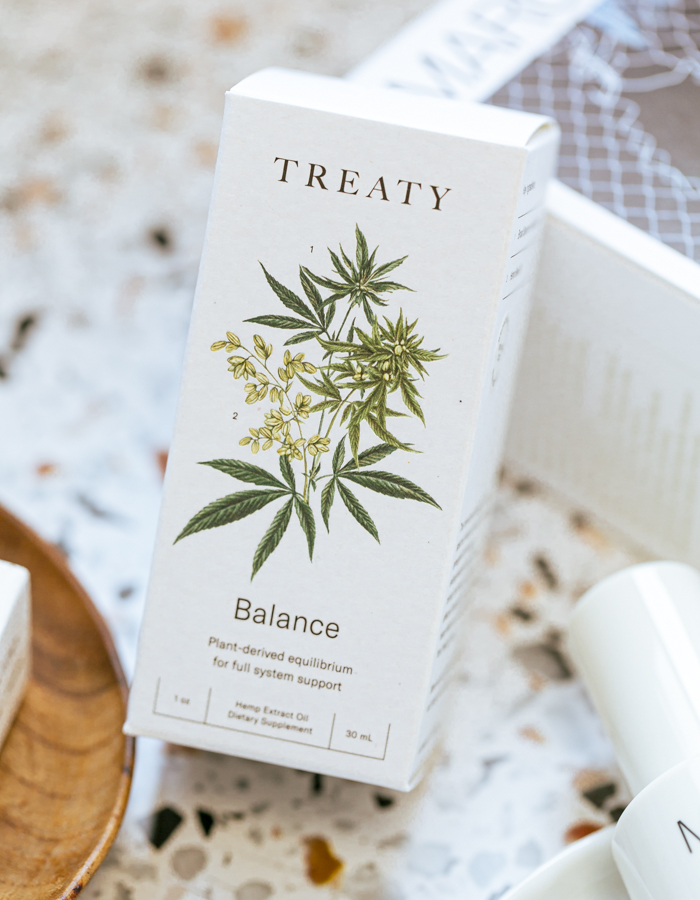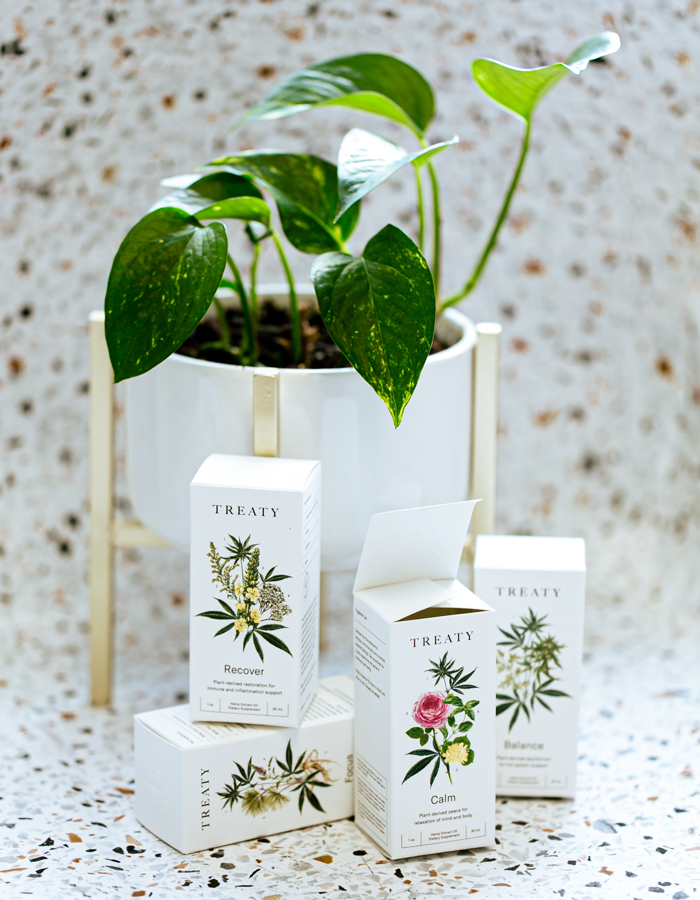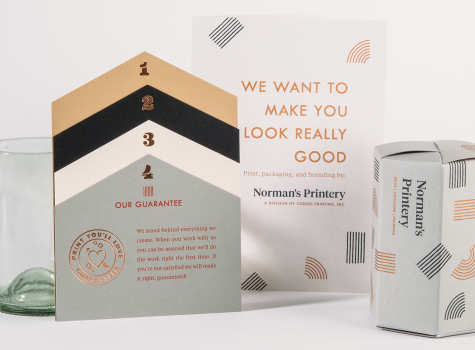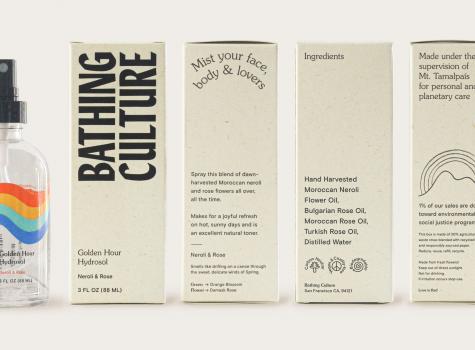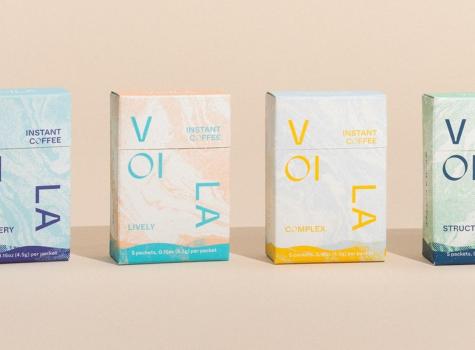How do you choose a weight?
Now that you understand weight, it’s time to consider what’s going inside the package. Are you wrapping a heavy candle that will sit on a boutique shelf? A lightweight personal care item, like cosmetics or soap? A luxury chocolate bar or CBD treat?
Generally, heavier items will necessitate sturdier packaging. Mark Cordes co-founded Cordes Printing with his father, Norman, in their garage in 1974. Today, he’s an expert in high-touch packaging, serving makers of beautiful objects through the company’s specialty studio, Norman’s Printery.
"We do a lot of work for what we call the maker market,” Cordes said. His shop frequently helps makers package candles, health and body products, CBD wellness items, and even high-end chocolates, among other things. “Where we always start is, we want to know what’s going in the package,” he said. His shop rarely works with any paper under 18 points in weight, and often goes much heavier, in the 24-point range.
Searching for inspiration? Check out these top examples of packaging design:
It’s also important to think about what the container will have to withstand. Will it be mailed directly? Will it be handled frequently in a high-touch retail environment? Or will it need to have a second life beyond its shelf life?
- A personal product like Bathing Culture needs to stand out on a shelf.
- Greetabl is a mailable box with a gift inside—it needs to be sturdy to withstand being mailed.
- Folders from Trust & Will and Brooklinen are mailed inside protective boxes.





















